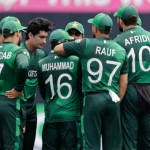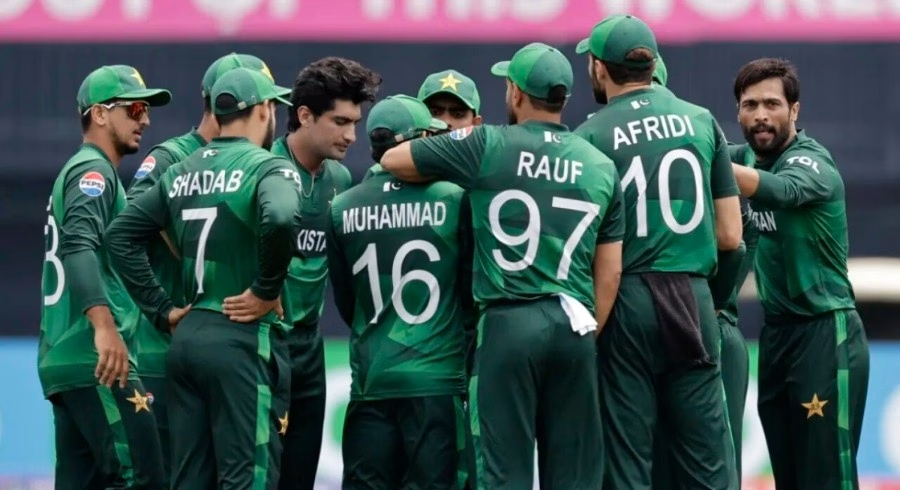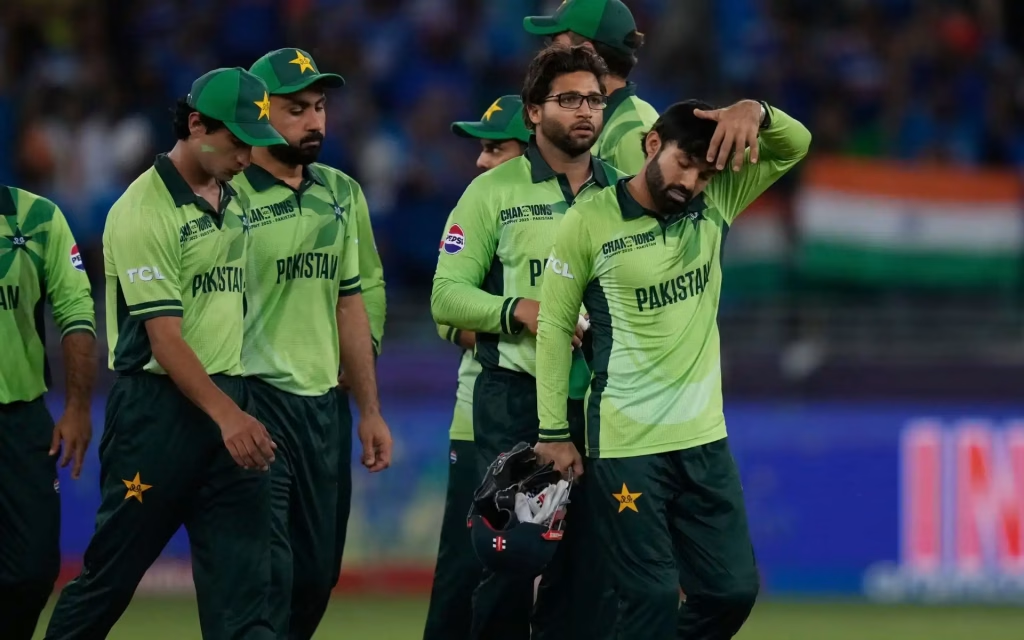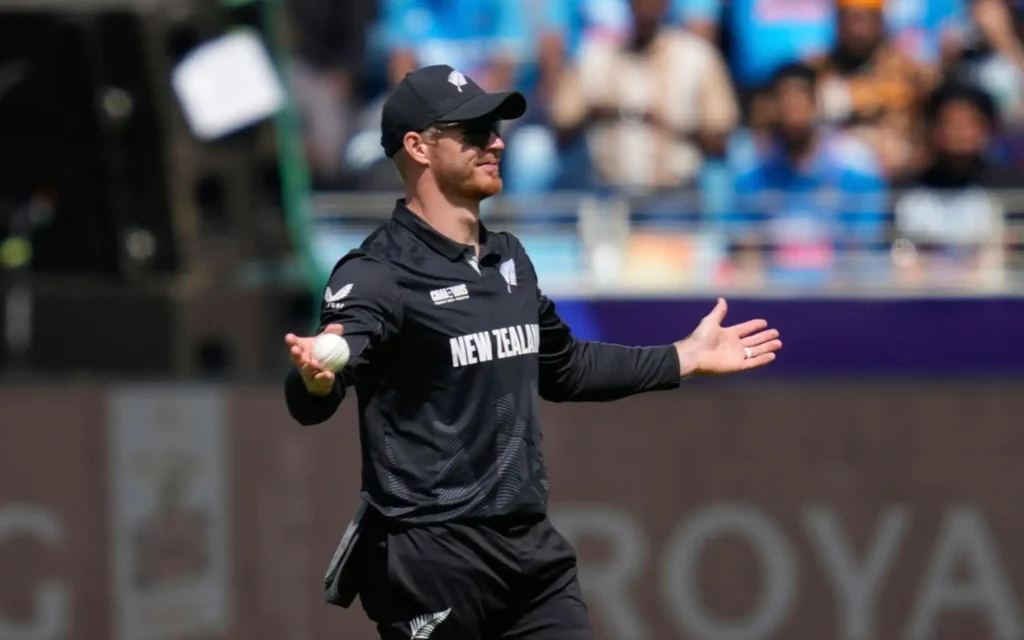ODI Powerplay Rules: A Comprehensive Guide for Cricket Enthusiasts
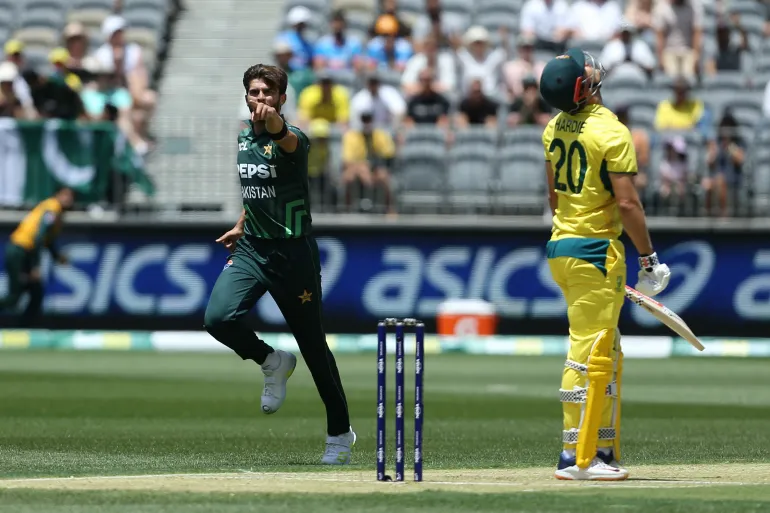
In One-Day cricket, Powerplays are specific periods with fielding restrictions that impact match dynamics significantly. During the first ten overs, only two fielders are allowed outside the 30-yard circle, encouraging aggressive batting. From overs 11 to 40, up to four fielders can be positioned outside, balancing scoring with risk management. After the 40th over, all fielding restrictions are lifted, allowing bowlers to exert more control.
What are Powerplays?
First of all we need to understand the actual meaning of Powerplay to clearly understand its importance so here is it:
In the context of One-Day cricket, Powerplays refer to specific periods during which certain fielding restrictions or special conditions apply, in order to influence the game’s tempo and strategy. These phases are strategically placed to challenge both batting and bowling teams, thereby enhancing the overall competitiveness and entertainment value of the match.
Types of Powerplays
1st Phase: This is one of the initial Powerplay phases in an ODI innings. Traditionally, it consists of the first ten overs of the innings, during which only two fielders are allowed outside the 30-yard circle. This restriction encourages aggressive batting in the early overs when the fielding team is at its most vulnerable.
2nd Phase: In the middle phase of a 50-over cricket match, which spans from the 11th to the 40th over, teams can have up to four fielders positioned beyond the 30-yard circle. During this time, the batting team focuses on steadily building their score by regularly taking singles and occasionally hitting boundaries.
3rd Phase: In the final ten overs of an ODI innings (41st to 50th over), fielding restrictions are lifted entirely. This rule change aims to balance the game by giving bowlers an opportunity to make a comeback and restrict the batting team’s scoring in the crucial death overs.
Impact on Strategy
During Powerplays, batting teams often adopt aggressive tactics to capitalize on the fielding restrictions. Opening batsmen are especially crucial during the initial Fielding Powerplay, aiming to set a solid foundation or score quick runs. The Batting Powerplay is strategically chosen based on the team’s situation, aiming to accelerate the run-rate without risking too many wickets.
For bowlers and fielding teams, Powerplays present a challenge of containment and breakthroughs. Captains strategize to use their best bowlers and set defensive fields to minimize the damage during Powerplay overs. The absence of fielding restrictions after the 40th over allows for more traditional field settings, where bowlers can aim to bowl tight lines and restrict scoring opportunities.
Powerplay’s Contribution to the Game
Powerplay rules play a big role in One-Day cricket, influencing match strategies and excitement levels. They add unpredictability and strategy, which keeps fans engaged globally. As cricket evolves, these rules will likely continue to change, ensuring that One-Day Internationals remain thrilling showcases of skill and strategy worldwide.

